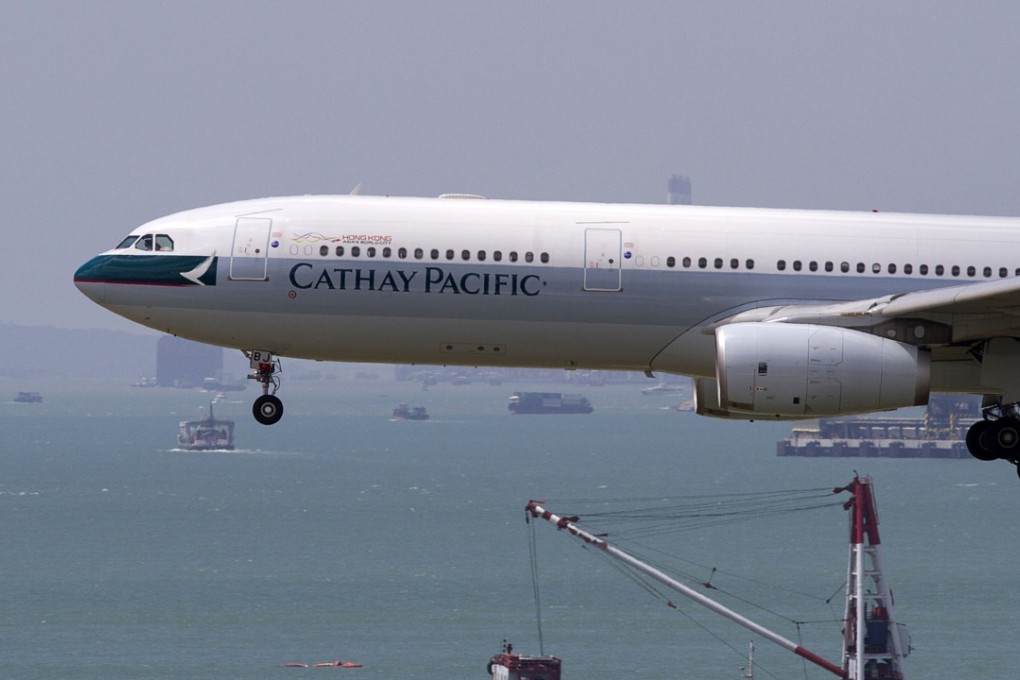Mind the Gap | Cathay Pacific is a case study in how most companies fail in the long run … if they don’t change
The airline has focused on restoring its brand, ignoring the idea that Asian air travel is being driven by price rather than premium service

Cathay Pacific faces an Asian air war of attrition between price versus value. It is the central issue that will decide its leadership or survival. The new competitive dynamics have sucked in all airlines whether they like it or not. Competitive advantage is increasingly based on the price of a ticket rather than the value of service. Which one do future passengers truly care about?
Asian airline competition has become more intense and unrelenting. National and budget airlines are restructuring operations and business models looking for new profit centres and reducing costs. Cathay Pacific made changes to generate more revenues and restore brand and service value after an annual loss in 2016. This may positively show up in future financial results. But, it may not make a difference if Asian air travel will be driven by price rather than premium service.
Restoring the service quality of the business lounge and mileage programme were important but predictable remedies for brand perception. But, they may be inconsequential to the onslaught.
The common problem facing Asian flag carriers is falling ticket prices. Passenger yields declined for airlines in the Asia-Pacific region for three years in a row from 2014 to 2016, according to the International Air Transport Association (IATA). IATA estimates Asia-Pacific airlines’ passenger demand growth, driven by tourism and business increased 10 per cent in 2017, the third straight year of double-digit expansion. Yet price competition won’t likely recede as nine long haul budget airlines have been established in Asia-Pacific since 2006, according to the Centre for Aviation.
Cathay has also complicated its ownership situation and made itself a hedge fund play. State-owned Air China has a 30 per cent stake in Cathay. Air China is also a majority shareholder in Shenzhen Airlines, which operates 17 international flights from Shenzhen. This only implies an opportunity or evolution for integration as Shenzhen further develops.

